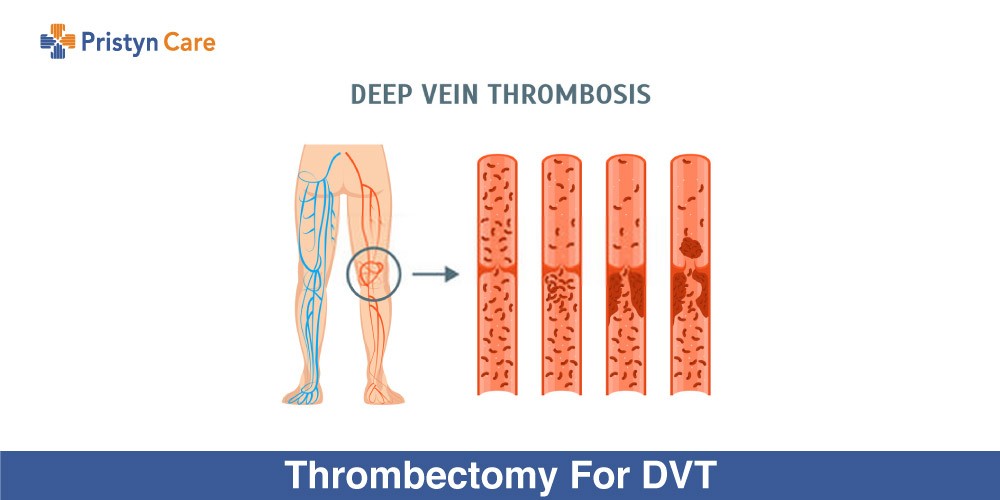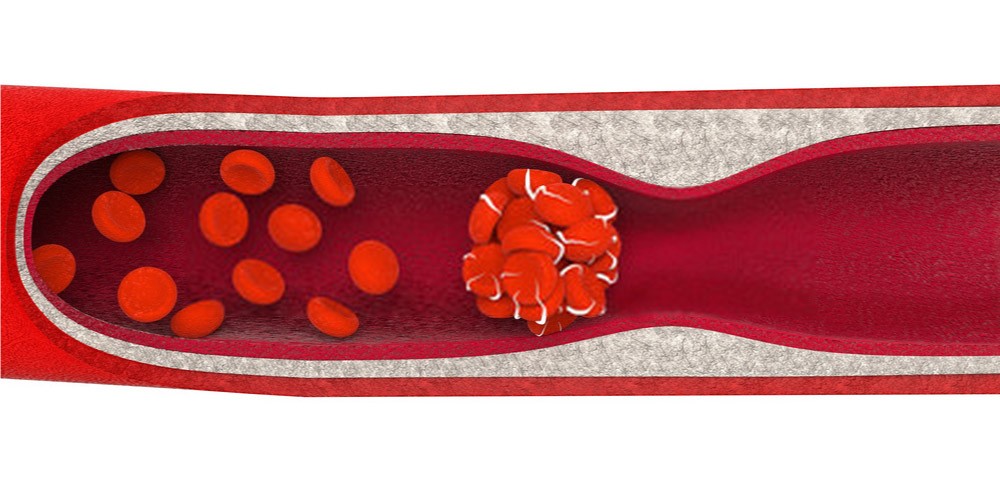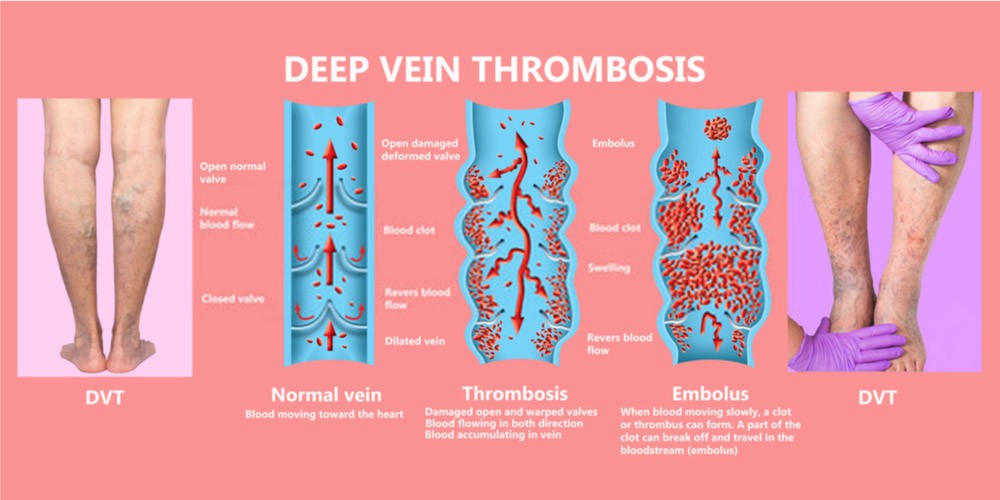
Before jumping to the procedure of thrombectomy, let us first fully understand DVT. Deep vein thrombosis (DVT) is a medical condition of the blood clotting in the deep veins. DVT can occur anywhere in the body, but most prone areas are the lower legs and pelvis because of the high blood pressure on the lower body.
People who suffer from varicose veins are automatically at the higher risks of developing DVT as the condition turns into severe stages. People who are obese, old, or a female who is pregnant are the common victims of DVT.
Table of Contents
How to identify if you have DVT?

A person suffering from DVT in legs will experience the following symptoms:
- Burning sensation in the skin covering the damaged veins
- Bulging veins
- Either discoloration or hyperpigmentation of the affected skin region
- Intense pain and heaviness in the legs
- Excessive tenderness of the muscles
A thorough diagnosis confirms the presence of deep vein thrombosis along with these signs.
DVT Treatment

Once you are diagnosed with a deep vein thrombosis, you must undergo the treatment as soon as possible.
There may be numerous treatment options available for DVT, but blindly rushing for the treatment without even knowing fully about it may cause you more harm than benefits.
These days, thrombectomy is among the most preferred treatment procedures to get rid of DVT. Let’s further find out how thrombectomy works for DVT.
Thrombectomy Procedure

Thrombectomy is a modern procedure used for the treatment of deep vein thrombosis. In this procedure, the surgeon removes the blood clot from the affected vein so that proper blood flow can be restored.
For this purpose, the surgeon makes an incision in the area around the blood clot. Through this incision, the surgeon then inserts a catheter into the affected vein and injects contrast dye through the catheter. The contrast dye helps the surgeon to examine the vein and look for the blood clot through venography visuals on an X-ray monitor.
Once the blood clot is located, the surgeon then may use any technique to remove the blood clot. This removal may be through the suction, mechanical breakdown of the clot into smaller pieces or it may be achieved by trapping the clot in a stent-retriever and then removing the stent along with the blood clot. The surgeon then repairs the vein and closes off the incision using stitches or bandages.
The removal of the blood clot helps restore the optimal flow of blood through the vein. The entire procedure takes 2-3 hours to complete. Thrombectomy is performed under the influence of anesthesia, and thus it causes minimal pain. After the surgery, the doctor may monitor you for a day or two to ensure that no postoperative complications arise.
Thus, by removing the existing blood clot, thrombectomy cures deep vein thrombosis and saves you from any serious conditions. It is a safe procedure and the risk of postoperative complications is very less. The downtime is quite short and thrombectomy offers a speedy and smooth recovery. Just remember to maintain regular follow-ups with your doctor and take necessary precautions as your doctor suggests.
If you have any more queries about thrombectomy, you can contact us at Pristyn Care. Our medical coordinators will be happy to answer any questions that you may have.
You should also know about the complications that can arise if you do not seek timely treatment for DVT.
Pulmonary Embolism
The blood clot breaks away and enters the bloodstream, ultimately resulting in a complete blockage. If left untreated, it can even have life-threatening implications.
Bursting of the veins
The damaged veins can become so tender that if the blood clot keeps growing, the vein may end up rupturing. This leads to leakage of the blood, called hemorrhage or internal bleeding.
Chronic Venous Insufficiency
Prolonged DVT can damage the vein valves and walls and hinder their optimal functioning. This can cause a reflux of blood and can trigger the formation of multiple blood clots.
Post-thrombotic syndrome
Post-thrombotic syndrome is a common complication that many DVT patients face. This causes chronic pain, swelling, and other symptoms in the leg and can be quite discomforting
These complications of DVT are of course life-threatening. The best way to stay far from any of these is to go to a specialist as soon as the symptoms of DVT start surfacing. In the mild cases of DVT, one can easily get rid of the problem as it keeps getting severe with time and age.
Once you are done with the treatment, the specialist doctor will provide you some useful tips or instructions to follow. Following those tips will ensure that you recover without any hiccup and pain.
Some of the common post-treatment tips for DVT patients include:
- Quit smoking to prevent any further damage to the blood vessels
- Staying hydrated
- Eating a fiber-rich diet and avoiding junk
- Limiting the consumption of alcohol
- Going for regular walks and avoid sitting in one position for long hours
If your lifestyle already revolves around these things, you are certainly in a better life state.
Take Away
Deep vein thrombosis is certainly a serious condition and thus needs proper and timely medical intervention.
Hopefully, this piece has helped you in gaining awareness to deal better with the condition.
To get a specialist’s consultation regarding the treatment, you can contact us at Pristyn Care. All you have to do is just simply book your online appointment according to your convenience.







